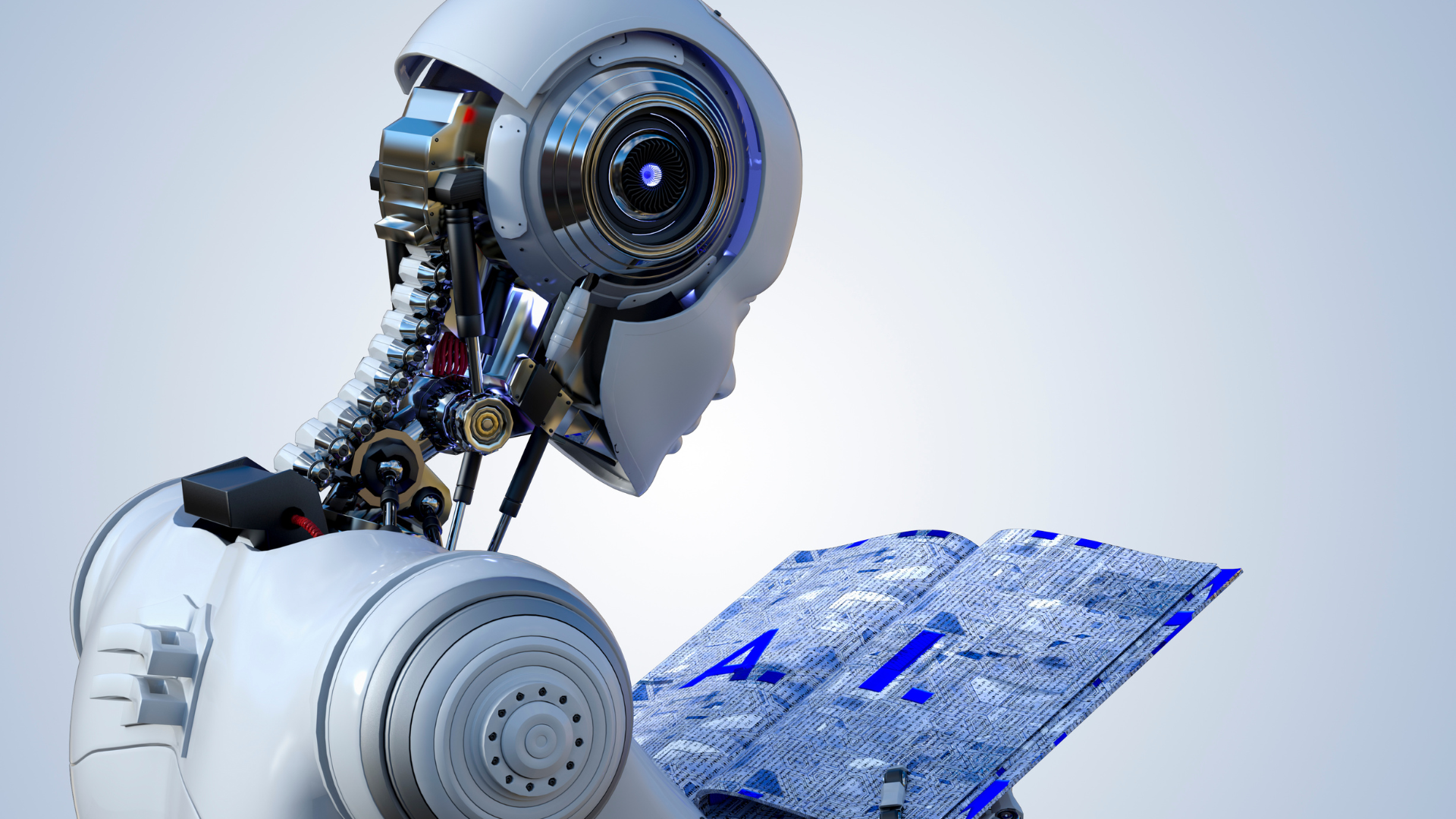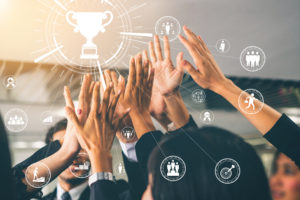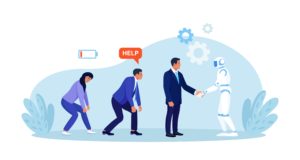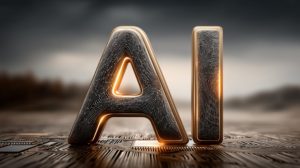In the early 2000s, technological advancements often came with fears about the fate of human labor. The rise of the internet, automation, and globalization was seen as a threat, sparking discussions around job losses, economic shifts, and the erosion of skills. Today, artificial intelligence (AI) has taken the spotlight as the latest wave of technological revolution—and the fears are resurfacing. The conversation has shifted from “Can robots replace us?” to “Will AI make us obsolete?”
Yet, the narrative around AI is more nuanced than that. As someone who has always believed in the transformative power of technology, it is clear to me that AI won’t replace humans, but instead will amplify human potential, enabling us to be more productive and creative than ever before.
The Promise of AI and Human Collaboration
AI’s strength lies in its ability to process large amounts of data and perform specific tasks quickly and efficiently. However, its capabilities are limited to what it’s programmed to do. AI lacks creativity, emotional intelligence, intuition, and the ability to think critically in the way humans do. Where humans can dream, create, and connect dots across seemingly unrelated fields, AI thrives in routine, data-heavy environments where logic is paramount.
In essence, humans and AI are complementary forces. A 2022 study by McKinsey found that companies which had integrated AI-driven tools into their workflows saw productivity increases of 20 to 25 percent across various sectors. Far from taking over human jobs, AI is freeing workers from repetitive tasks, allowing them to focus on higher-order responsibilities that require human insight and judgment.
Take for example customer service, a field notorious for its repetitive queries. AI-powered chatbots like those employed by companies such as Amazon and AT&T can handle routine questions (like tracking orders or resolving basic tech issues) 24/7, freeing up human agents to address more complex, emotionally nuanced issues. This doesn’t just improve efficiency; it enhances customer satisfaction as well. A 2019 report by Zendesk found that companies using AI to assist customer service had an 80% improvement in overall customer satisfaction. Here, we see AI as a tool that augments human performance, rather than eliminating the need for human intervention altogether.
AI in the Workplace: Case Studies of Partnership
AI-powered tools are already transforming industries by enhancing productivity and creativity. Consider the world of journalism and media. Writers now use AI-driven tools such as Grammarly or OpenAI’s GPT to help refine their work. These tools can scan text for grammatical errors, style inconsistencies, and even suggest alternative phrasing. Far from replacing human journalists, these systems serve as tireless editors, allowing professionals to focus on the art of storytelling, investigative research, and other tasks that machines simply cannot replicate.
In healthcare, AI is playing a vital role in streamlining diagnostic processes. In fields like radiology, AI algorithms are used to scan and interpret medical images at speeds no human could achieve. Yet, doctors are the ones who must provide the diagnosis, create treatment plans, and communicate with patients. IBM’s Watson—an AI system known for its analytical prowess—has been utilized by hospitals to analyze complex data and suggest possible treatments for cancer. However, oncologists still make the final decisions, applying their expertise, intuition, and understanding of the patient’s unique situation. Watson merely enhances the doctor’s ability to explore more options faster.
Moreover, according to the Harvard Business Review, AI and machine learning are driving a 10-15% improvement in diagnostic accuracy in radiology while reducing time spent on reviewing scans by up to 30%. This dual impact of increased accuracy and efficiency is precisely where AI shines as a partner to human professionals.
The Human Element: Creativity, Emotion, and Decision-Making
AI lacks the ability to think laterally or understand human emotions in the way we do. Take, for example, fields like advertising, public relations, or entertainment, where human intuition and creativity are central. AI can generate data on customer behavior, analyze trends, or even recommend personalized content. But it’s the human touch that tells a compelling story, crafts a powerful message, or creates an unforgettable experience.
A notable case is Netflix, which employs AI algorithms to recommend shows and movies based on viewers’ preferences. While the algorithm provides data-driven insights, it’s the team of writers, directors, and content creators who produce the material that ultimately captivates audiences. Without the human element—the creativity and emotional resonance of storytelling—Netflix’s data-driven recommendations would be useless.
Another example comes from the design industry, where AI tools like Adobe’s Sensei are helping graphic designers by automating mundane tasks such as resizing images or generating color palettes. However, the creativity required to produce iconic designs—think the Nike swoosh or Apple’s minimalist aesthetics—comes from the designer’s mind, not the machine.
Quantifying the Impact: AI and Productivity Gains
Quantitative evidence continues to bolster the argument that AI enhances rather than replaces human labor. A study by PwC predicts that AI could contribute up to $15.7 trillion to the global economy by 2030, with 26% of this growth stemming from productivity gains. By taking over tasks such as data analysis, research, and reporting, AI enables workers to spend more time on strategic, creative, and interpersonal aspects of their jobs.
In the legal field, for example, AI tools like Ravel Law and ROSS Intelligence analyze case law and generate insights from legal documents in a fraction of the time it would take a human. Lawyers, in turn, can focus on building their case strategy, interacting with clients, and courtroom performance. According to a report from Deloitte, AI-driven automation in the legal industry could save lawyers up to 20-30% of their time, translating into both financial gains and better legal outcomes for clients.
A Future of Collaboration, Not Replacement
The future of work is not one where humans are replaced by AI. Instead, we are moving towards a future where AI acts as a tool that amplifies human capabilities, allowing us to achieve more in less time. By automating repetitive tasks and assisting in data-heavy processes, AI enables professionals to focus on what they do best—applying creativity, empathy, and critical thinking to their work.
The fears surrounding AI are understandable, but misplaced. Just as the introduction of computers revolutionized office work in the late 20th century—eliminating some jobs but creating countless others—AI is set to do the same. Far from being a harbinger of doom, AI will usher in a new era of productivity and human potential.




